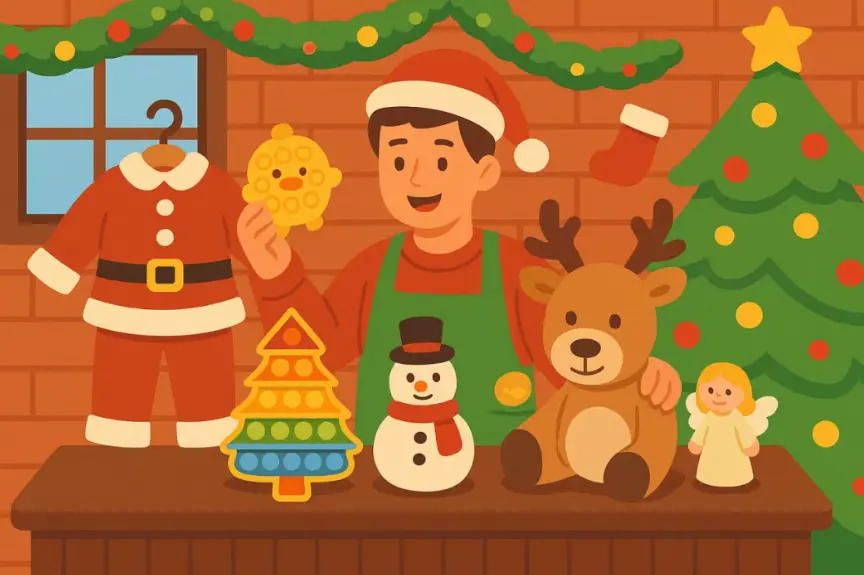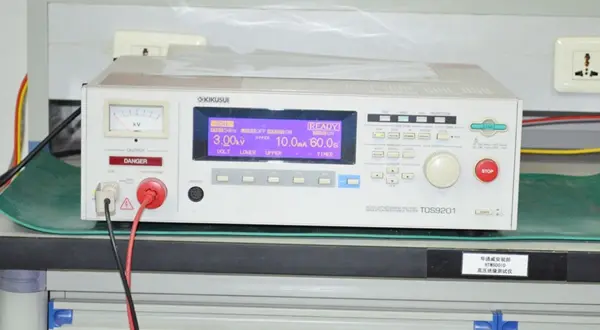
Introduction to Wireless Technology 802.11ax (Wi-Fi 6)
What is 802.11ax?
802.11ax, also known as Wi-Fi 6 or High-Efficiency Wireless (HEW), is designed to enhance system capacity through a series of system features and mechanisms. It improves Wi-Fi performance by providing more consistent coverage and REDucing congestion in the wireless medium. This resULts in a better user experience, especially in high-density environments, where it aims to deliver consistent and reliable throughput to more users. The goal of 802.11ax is to increase average user throughput by at least four times. In short, a Wi-Fi network based on 802.11ax offers unprecedented capacity and efficiency.
Technical Composition of 802.11ax
Key enhancements and comparison with 802.11n and 802.11ac:
802.11ax introduces several new technologies—such as MU-MIMO, OFDMA, uplink multi-user transmission, 1024-QAM, and spatial reuse—that provide significant advantages in dense deployment scenarios.
Main Feature Set I:
1. OFDMA (Orthogonal Frequency Division Multiple Access)
OFDMA not only increases user data rates but also reduces latency, which is particularly beneficial for a large number of devices with short frames or low data rate requirements, such as IoT devices. It enables multi-user capability by combining various data packet sizes from a modulation perspective, thereby reducing system overhead through sharing and improving efficiency by supporting both uplink and downlink simultaneously. Notably, both uplink and downlink OFDMA are mandatory requirements in the Wi-Fi Alliance’s 802.11ax certification.
2. MU-MIMO (Multi-User Multiple Input Multiple Output)
MU-MIMO enhances network capacity by allowing multiple devices to transmit simultaneously using multipath spatial channels. 802.11ax improves upon 802.11ac by increasing the size of downlink MU-MIMO groups, resulting in more efficient operation.
3. Transmit Beamforming
Transmit beamforming uses multiple antennas at the access point to maximize signal reception at the client side, thereby increasing data rates and expanding range. While 802.11ax access points may integrate up to 4 antennas (with specifications allowing more), 8-antenna 802.11ax access points are expected to become available starting in 2019.
4. Higher-Order Modulation
802.11ax extends the maximum modulation scheme from 256-QAM to 1024-QAM. Under favorable conditions, this significantly increases data rates and enhances user experience. Compared to 802.11ac, the peak data rate of 802.11ax improves by approximately 25%.
Main Feature Set II:
1. OFDMA Principles
Orthogonal Frequency Division Multiplexing (OFDM) is the RF building block of 802.11. In 802.11ax, technical parameters such as subcarrier spacing, symbol duration, and FFT size are modified to enable efficient operation of small OFDMA subchannels.
2. Outdoor Operation
Several 802.11ax features enhance outdoor performance. Most notably, a new packet format repeats the most sensitive fields for increased robustness. Additional features include longer guard intervals and redundancy schemes for error recovery.
3. Power Consumption Reduction
802.11ax builds on existing power-saving mechanisms by introducing new ones, allowing devices to have longer sleep intervals and scheduled wake-up times. This helps reduce power consumption on client devices. Moreover, for IoT applications, 802.11ax supports a simplified and low-power 20 MHz channel mode.
4. Backward Compatibility
802.11ax maintains compatibility with previous standards including 802.11a/b/g/n/ac.
Email:hello@jjrlab.com
Write your message here and send it to us
 What Are the Battery Compliance Test Reports?
What Are the Battery Compliance Test Reports?
 Christmas Children’s Products EU & US Complian
Christmas Children’s Products EU & US Complian
 Food Packaging Material Testing
Food Packaging Material Testing
 Cosmetic Product Safety Report
Cosmetic Product Safety Report
 What is Prop 65 Warning?
What is Prop 65 Warning?
 Does RoHS Apply to Packaging?
Does RoHS Apply to Packaging?
 How to Get RoHS Compliance?
How to Get RoHS Compliance?
 How to get EN 62368-1 Test Report
How to get EN 62368-1 Test Report
Leave us a message
24-hour online customer service at any time to respond, so that you worry!




